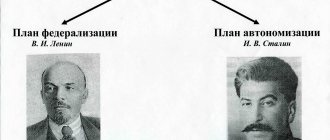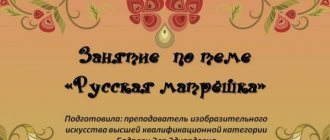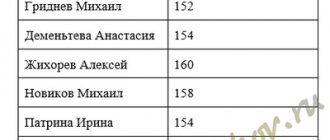Presentation on the topic Artistic culture of Kievan Rus of the 10th-11th centuries
Artistic culture of Kievan Rus
#1
According to legend, which is described in one of the most important sources, the Tale of Bygone Years, Kyiv was founded by three brothers Kiy, Khoryv, Shchek and sister Lybid.
#2
The history of the state formation of Kievan Rus begins with the Rurik dynasty, namely with the reign of regent Oleg (from 882, the campaign against Kyiv, the murder of Askold and Dir) under the young prince Igor, the son of Rurik. This association lasted until Kiev completely lost its capital status during the Tatar-Mongol invasion in 1237-1240.
#3
Old Russian culture is represented by thousands of folklore, material and written monuments that have reached us.
#4
Folklore
Oral folk art became the source of later chronicles and literary works. Rusal songs, ritual and funeral lamentations, and spells have come down from pre-Christian times. An important part of folklore are traditions and legends in which the mythical was combined with historical facts: for example, the legend about the founding of Kyiv or about the artisan Nikita Kozhemyak, who defeated the Pecheneg giant.
#5
Writing in Rus' existed even before the adoption of Christianity, as evidenced by treaties with the Greeks and records at court, which were later included in the chronicles. It is known from the chronicles that even before the creation of the Cyrillic and Glagolitic alphabet by the brothers Cyril and Methodius in 863, the Russians had their own letter “traits and cuts”.
#6
The oldest surviving books are the Ostromir Gospel, written in Kyiv in 1056–1057, and the Illustration of Svyatoslav, 1073.
#7
The spread of writing among many segments of the population is evidenced by numerous inscriptions on utensils and unique “birch bark letters” - inscriptions on birch bark, found first in Novgorod, and then in the territory of what is now Zvenigorod (Ukraine).
#8
The oldest chronicles were not preserved, but they survived in later copies and were used when Nestor compiled the “Tale of Bygone Years” (the second decade of the 12th century). The "Tale" sets out the history of Rus' from biblical times with Noah to the events of his time.
#9
One of the oldest works, “The Sermon on Law and Grace,” was written by Metropolitan Hilarion of Kiev in 1037–1050, which combines discussions about the superiority of the New Testament over the old and a panegyric to Grand Duke Vladimir.
#10
A common genre was the “lives” of saints and church leaders. Many brilliant works related to the life of the Kiev-Pechersk Monastery formed the basis of the “Kievo-Pechersk Patericon”
#11
The authors of the works were also educated princes. In “Instruction for Children” by Vladimir Monomakh, the biography of the prince himself and his philosophical, ethical and political views, including on the state activities of the politician, are briefly presented.
#12
The continuation of the “Tale of Bygone Years” was the Kiev Chronicle (the events of the 12th century are described) and the Galicia-Volyn Chronicle (XIII century). The latter is distinguished by its original style, richness of metaphors and epithets, and dramatic presentation.
#13
The crown of literature of Kievan Rus rightfully became “The Tale of Igor’s Campaign,” which tells the story of the failure of Igor Svyatoslavovich’s campaign against the Polovtsians. The work is distinguished by its high artistic quality, through which the author teaches and speaks about the need for the unification of Russian lands.
#14
Architecture began to develop in Rus' with the adoption of Christianity. In 989 - 996, by order of Vladimir, the Tithe Church was built, to which the prince donated a tenth of the income.
#15
In 1037, construction began on the most famous cathedral today, Hagia Sophia, where church services and state ceremonies were held.
In the 30s, the main entrance was also built - the Golden Gate, and in 1073 - 1089 the Assumption Cathedral of the Kiev Pechersk Monastery.
#16
Majestic cathedrals were also built in other cities of Rus': the Assumption Cathedrals in Chernigov and Vladimir-Volynsky, the Church of St. Panteleimon - in Galich, St. Michael's Church - in Pereyaslav.






